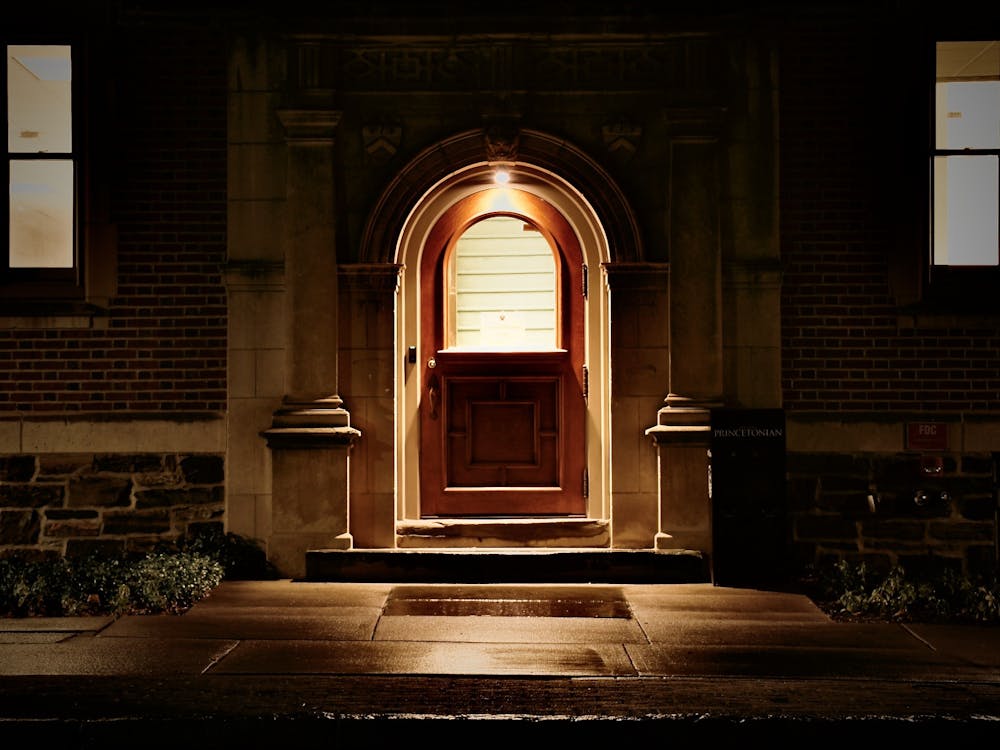To begin with the obvious: diversity is hardly a new topic of conversation at the University. Since 1963, when women first enrolled in the University’s Critical Language Program, a selective grant-funded program, there have been arguments about the forced inclusion of marginalized groups. However, since the strong student activism on campus in the wake of the Michael Brown and Eric Garner cases, the conversation about diversity has taken on a greater sense of urgency.
The post-Ferguson conversation on diversity has continued over the past months in the form of more panels, in the Special Task Force on Diversity, Equity and Inclusion created in December, on Facebook, in opinion columns and in public campaigns. However, widely agreed-upon goals concerning diversity remain elusive. First we need to ask ourselves: what exactly is the purpose of diversity? It may simply be a moral ideal, a condition of inclusivity and fairness for all high-achieving individuals. Or it may also be a condition for strengthening the academic community and furthering the University’s traditional goals — producing the best scholarly research and providing the best education possible. Is it possible to achieve both of these conditions?
Both of these causes have been cited from various political perspectives. This was on display a panel held in December, as James Madison Program senior preceptor Russell Nieli GS ’79 put forth a tone-deaf case for neoconservative “strict meritocracy” and University President Christopher Eisgruber ’83 defended University admissions policies. More recently, associate opinion editor emerita for The Daily Princetonian Tehila Wenger and ‘Prince’ columnist Erica Choi have written about faculty diversity, and ‘Prince’ columnist Newby Parton has criticized affirmative action on the basis of race in the University’s admissions. Yet no one seems willing to acknowledge that which continues to make diversity such a controversial topic — the unresolvable tension between individual merit and community vitality.
Diversity undeniably improves the academic community as a whole by ensuring that education and research be conducted from a variety of different perspectives. Affirmative action is clearly necessary to achieve meaningful diversity. To a certain extent, affirmative action can also lead to better recognition of individual merit. Still, it is impossible for an institution to both achieve a truly diverse community and to deal with each individual in a completely fair manner based strictly on merit. To do so, the University would have to establish rigid criteria both for admissions and faculty hires based solely on merit rather than background — a process that is not only impossible but that would severely limit the University’s ability to create a vital, academically strong community.
Ultimately, the ideas of a “meritocratic” institution, founded on individual worth and a “representative” institution, founded on collective worth, are both impossible. The best that any organization can hope for is to reach the best possible balance, while acknowledging that a value judgment favoring one or the other in each specific case will always be necessary.
A true meritocracy cannot exist because there is no way to completely separate an individual’s performance from his background. Especially in admissions, there is no criteria to objectively gauge an applicant’s potential as a member of the Princeton community. In his column “Princeton Admissions and its Racism,” Parton argues that, because the population of Asian-Americans has grown but their representation in elite universities has stagnated or fallen, affirmative action has served as discrimination against this group. However, he ignores the point that Rod M. Bugarin makes (in the same debate cited in Parton’s column) about admissions criteria — namely, that the standardized testing component has benefited Asian-American students. Where Parton sees a quota in place is more likely a shift away from emphasizing standardized testing.
So while it is clear that individual merit alone is difficult to judge, much less use as the sole foundation of an institution, the idea of “representation” is similarly shaky. We can tell when something is wrong — for example, the fact that this year 8.3 percent of the undergraduates are Latino or Hispanic in a country where, in 2013, 17.1% of citizens were Latino or Hispanic (even higher in New Jersey) clearly indicates a problem.
But how do we know when we’ve hit the right balance, and should that be representative of our country’s demographics, when 11.3% of undergraduates are international students?Should the University try to represent the world’s population, with its massive racial and economic diversity (to name only a couple types of diversity)?
Evidence suggests that even in Ph.D. programs, with better-defined criteria based not on high school clubs but on years of education and research, women and minorities may be significantly disadvantaged. Still, emphasis on affirmative action in hiring faculty inevitably decreases the University’s flexibility to hire the leaders in a given field based on particular, often specialized research or teaching interests.
Diversity is proven to make organizations more effective, and it best enables an institution like the University to explore pressing cultural, historical and scientific questions through research and in the classroom. However, affirmative action cannot be fair on an individual basis — it inevitably limits the University’s ability to balance individual achievement and background. There is an inevitable trade-off between valuing individual merit and fairness and the vitality of the community. We may emphasize one over the other, but we must acknowledge that this is ultimately a value judgment.
Max Grear is a freshman from Wakefield, R.I. He can be reached at mgrear@princeton.edu.








